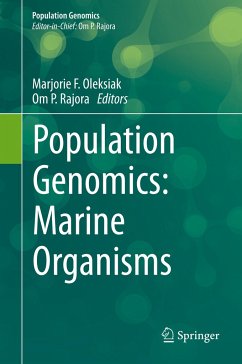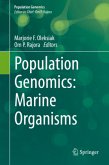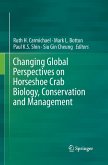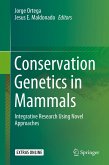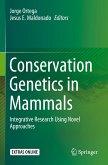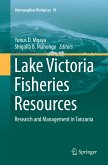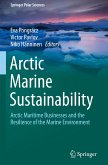Population genomics has provided unprecedented opportunities to unravel the mysteries of marine organisms in the oceans' depths. The world's oceans, which make up 70% of our planet, encompass diverse habitats and host numerous unexplored populations and species. Population genomics studies of marine organisms are rapidly emerging and have the potential to transform our understanding of marine populations, species, and ecosystems, providing insights into how these organisms are evolving and how they respond to different stimuli and environments. This knowledge is critical for understanding the fundamental aspects of marine life, how marine organisms will respond to environmental changes, and how we can better protect and preserve marine biodiversity and resources.
This book brings together leading experts in the field to address critical aspects of fundamental and applied research in marine species and share their research and insights crucial for understanding marineecosystem diversity and function. It also discusses the challenges, opportunities and future perspectives of marine population genomics.
This book brings together leading experts in the field to address critical aspects of fundamental and applied research in marine species and share their research and insights crucial for understanding marineecosystem diversity and function. It also discusses the challenges, opportunities and future perspectives of marine population genomics.

